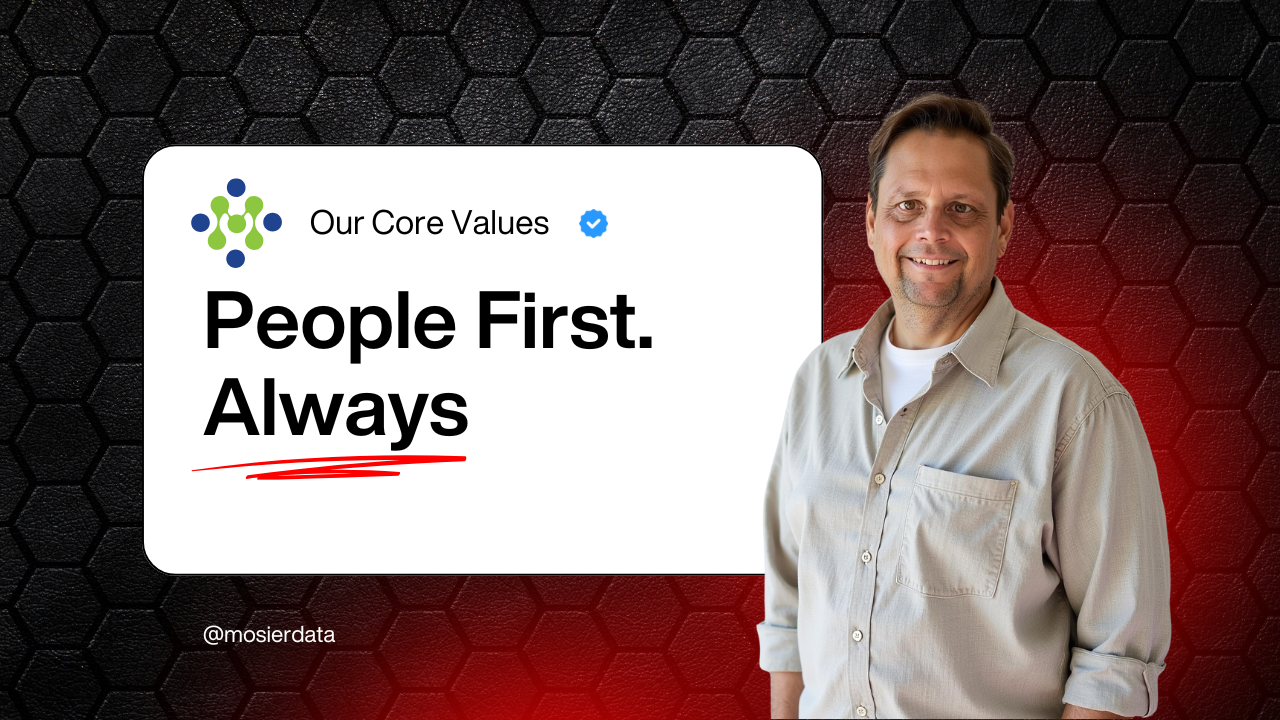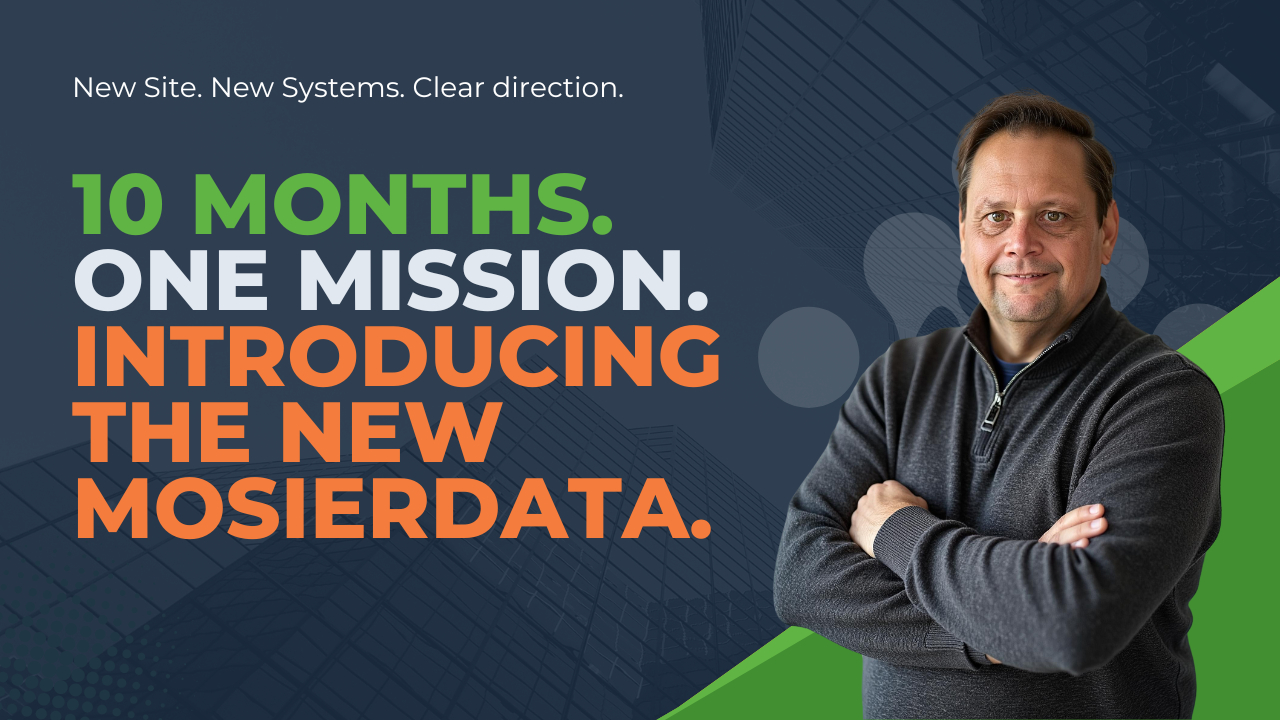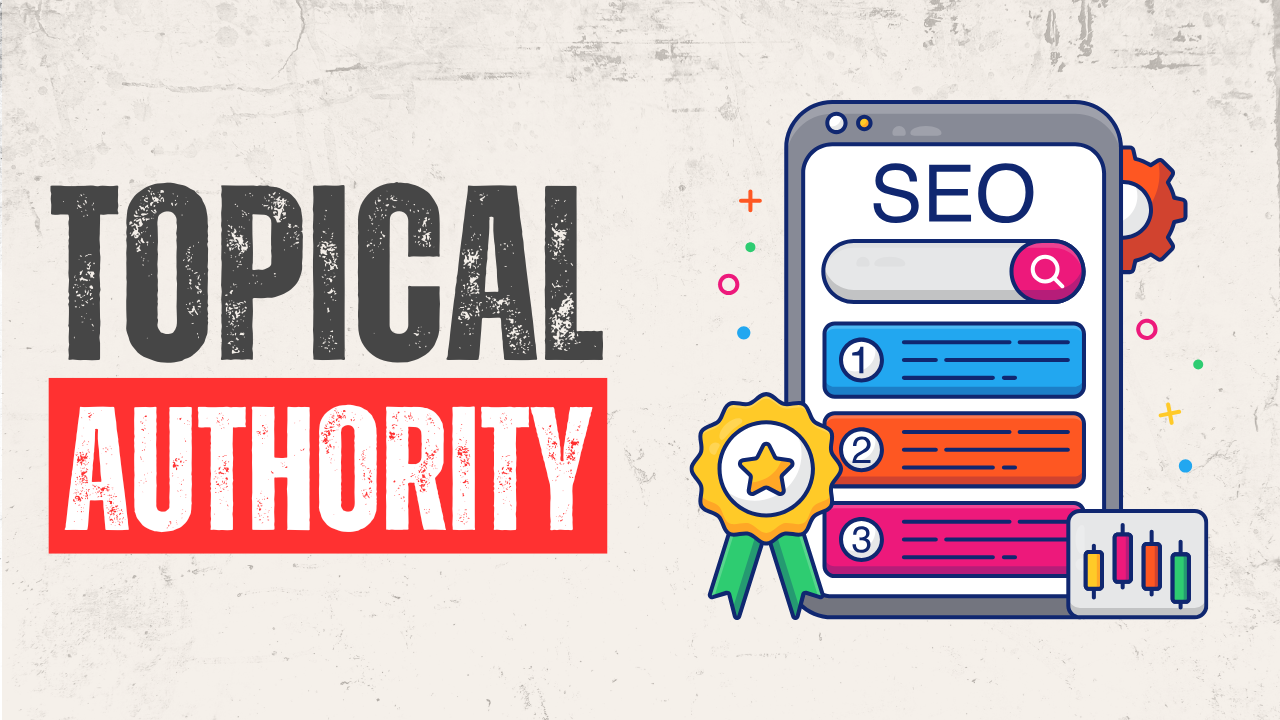
Buyer Personas: The ‘New’ Strategy That’s 20+ Years Old
Buyer personas aren’t a “new” trend—they’re smart marketing that’s been working for decades. From flipping houses in the early 2000s to building DealerClips and now guiding service companies with our Smart Growth tiers, we’ve seen firsthand how knowing your audience transforms results. It’s not about slides or buzzwords—it’s about clarity, psychology, and data-driven execution. When you truly understand your customer, your marketing stops feeling like marketing and starts creating lasting relationships.










